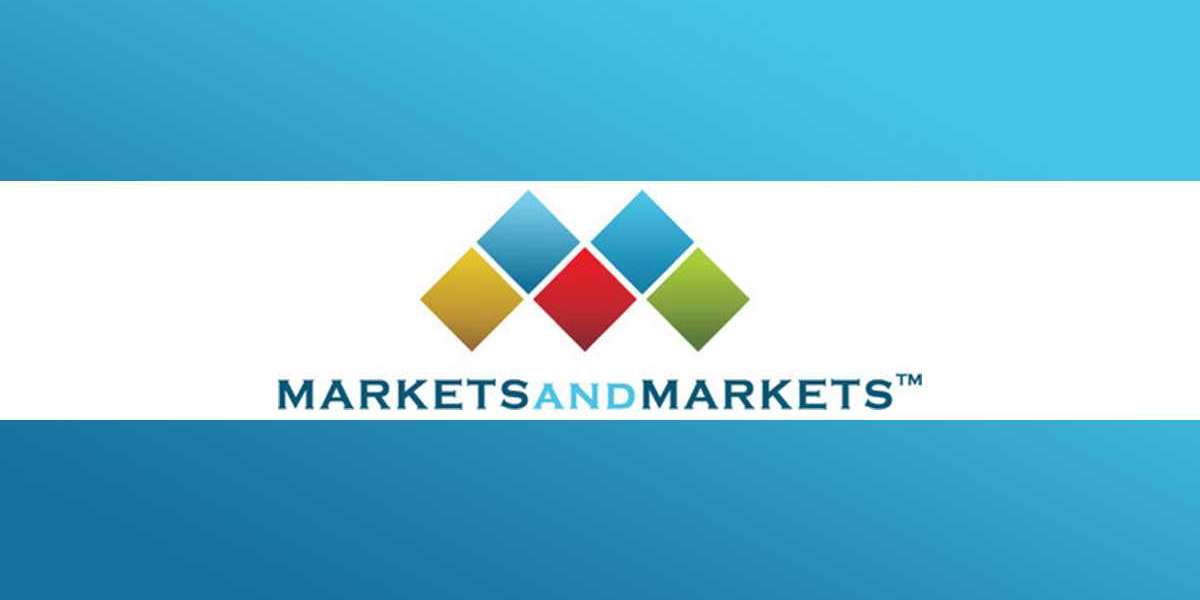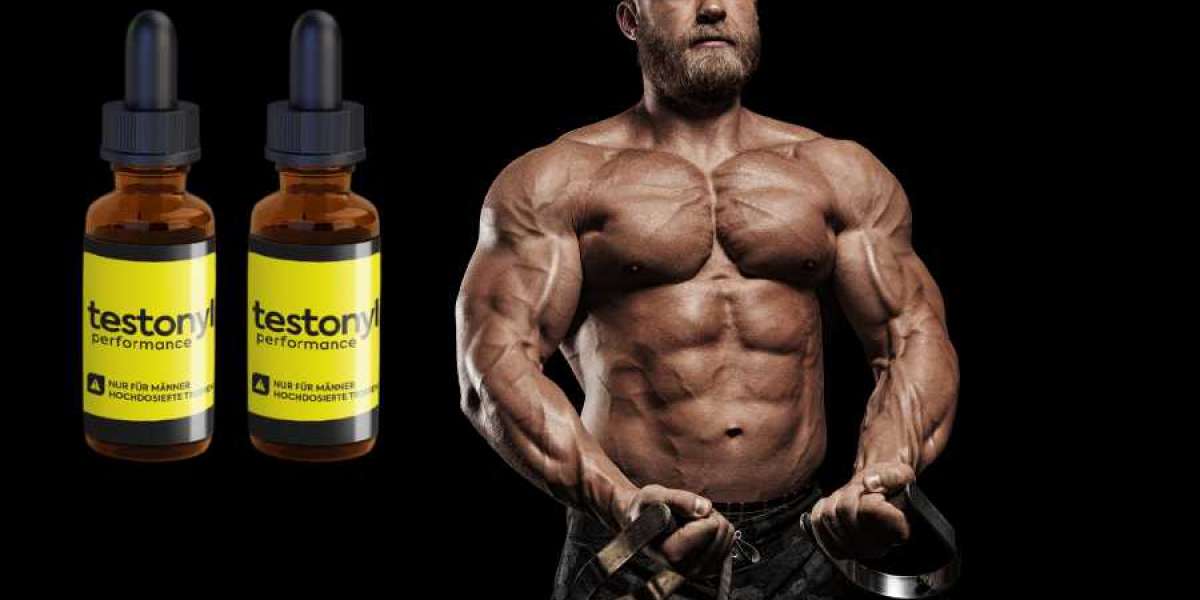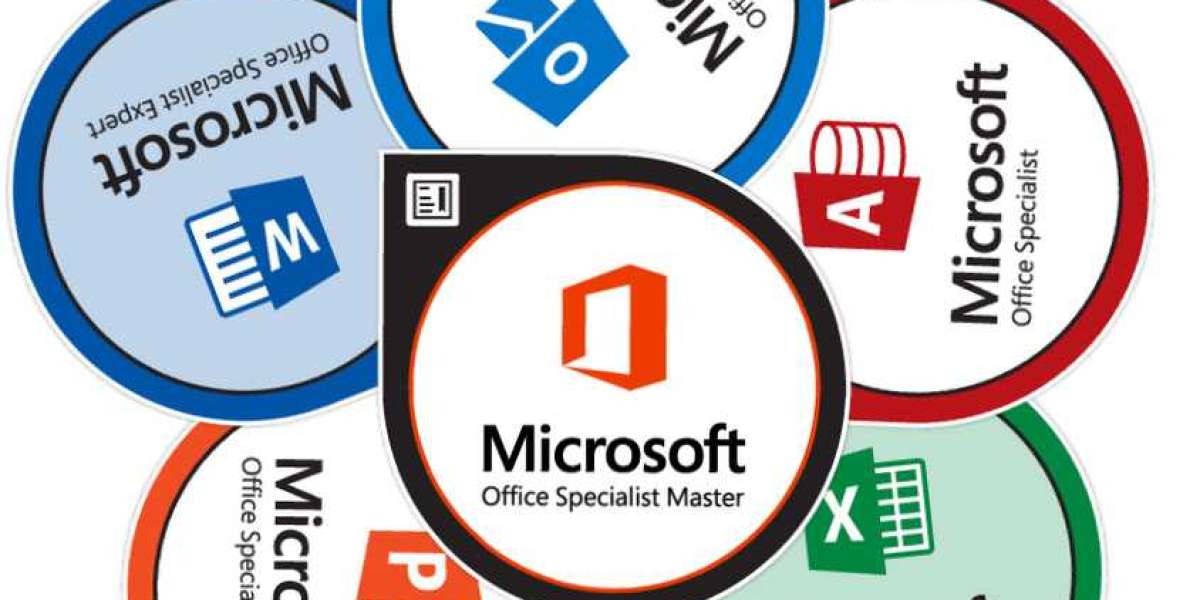Overview:
This study involved four major activities in estimating the current size of the active pharmaceutical ingredient market. Exhaustive secondary research was carried out to collect information on the market, its peer markets, and its parent market.
The next step was to validate these findings, assumptions, and sizing with industry experts across the value chain through primary research. Both top-down and bottom-up approaches were employed to estimate the complete market size. After that, market breakdown and data triangulation procedures were used to estimate the market size of segments and subsegments.
Expected Revenue Gains:
The global active pharmaceutical ingredient market size is projected to reach USD 248.3 billion by 2025 from USD 187.3 billion in 2020, at a CAGR of 5.8% during the forecast period.
Major Growth Influencing Factors:
Market growth is driven mainly by factors such as investments in real world evidence by pharmaceutical, focus on precision medicine, and increased importance of generics. On the other hand, increased penetration of counterfit drugs and unfavourable policies by drug price control commities across various countries are expected to restrain the growth of this market.
Download PDF Brochure@
https://www.marketsandmarkets.com/pdfdownloadNew.asp?id=263
RESTRAINT: Unfavourable drug price control policy
Over the last few years, there has been a gradual increase in the regulation of pharmaceutical drug prices globally. The US is a major unregulated market; however, several prominent countries have regulated drug prices. Governments induce price controls to limit spending on pharmaceuticals. However, regulated drug prices mostly result in revenue losses to pharmaceutical companies. These revenue losses lead to a reduction in global RD spending, which results in fewer new molecular entities (NMEs) being developed per annum.
Such price control policies that reduce pharmaceutical revenues may provide modest relief to individual purchasers; however, they pose risks to long-term innovation in the pharmaceutical industry. For instance, the National Pharmaceutical Pricing Authority (NPPA) of India enforced the Drugs Price Control Order (DPCO) Act in 2013, which empowered it to fix a ceiling on the retail price of drugs. Since then, the list of drugs under price control has steadily expanded from 74 in 1995 to nearly 860 by 2019.
OPPORTUNITY: Highly potent active pharmaceutical ingredient
Highly potent active pharmaceutical ingredients (HPAPIs) represent a significant change in the way pharmaceutical companies are using small molecules to deliver new therapies. The shift toward HPAPIs has led to the development of a pipeline of more effective medicines that require lower doses. The benefits of HPAPIs, such as their high efficacy, lower therapeutic dose requirement (owing to the selective mode of action), and the ability to bind to specific receptors, can be considered as the major factors responsible for their growing demand among manufacturers as well as customers.
The presence of small molecules has traditionally dominated the APIs market. As the generic APIs market continues to get highly competitive, API manufacturers are shifting toward newer avenues such as HPAPIs to differentiate themselves from the competition.
North America was the largest regional market for active pharmaceutical ingredient in 2019.
Geographically, the active pharmaceutical ingredient market is segmented into North America, Europe, Asia, and Rest of the World. In 2019, North America accounted for the largest share of the active pharmaceutical ingredients market, followed by Europe and the Asia Pacific. The large share of North America in the global market is attributed to , the increasing number of innovative drugs going off-patent and cost-containment measures for healthcare are the key factors supporting the growth of the generic APIs market in this region. Innovative product launches and price increases in North America may, however, restrict the growth of the generic APIs market to a certain extent in the coming years.
Request Sample Pages@
https://www.marketsandmarkets.com/requestsampleNew.asp?id=263
Key Market Players
Key players in the active pharmaceutical ingredient market include Pfizer Inc. (US), Novartis International AG (Switzerland), Merck Co. (US), Teva Pharmaceutical Industries Ltd. (Israel), Mylan N.V. (US), Boehringer Ingelheim (Germany), F. Hoffmann-La Roche AG (Switzerland), Sanofi (France), AbbVie (US), Eli Lilly and Company (US), AstraZeneca (UK), Bristol-Myers Squibb (US), and GlaxoSmithKline plc (UK).
Makarand Vaidya
246 Blog posts



